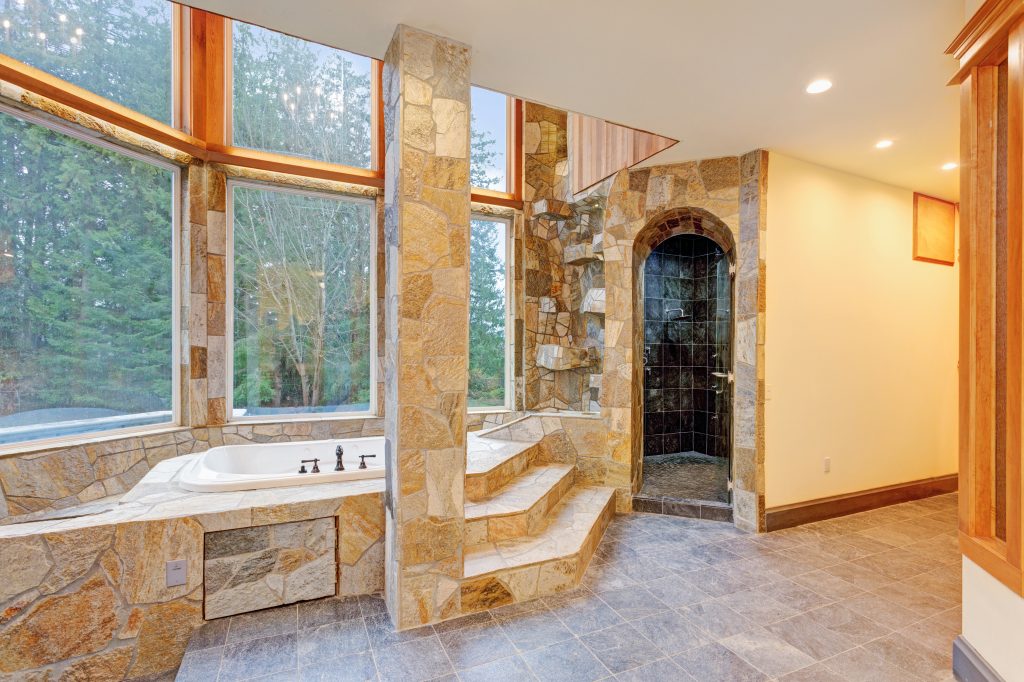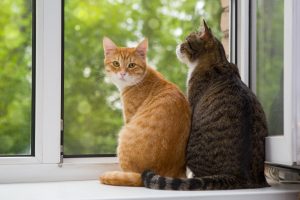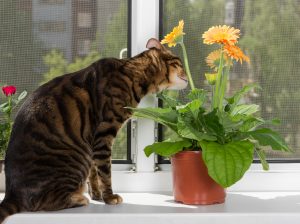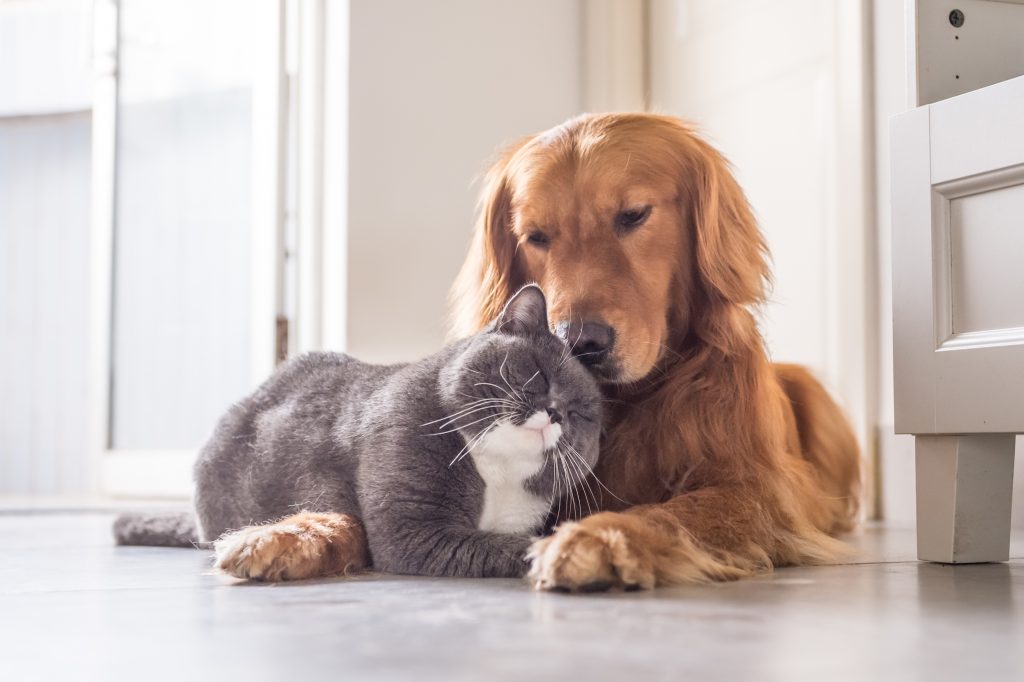Americans love pets. Over half of US households—about 85 million families—have at least one pet, a trend which has steadily increased over the last few decades. That’s for a good reason: studies show that having a pet around helps lower blood pressure, decrease feelings of loneliness, and increase opportunities for exercise. Most importantly, however, any owner knows the bonds that form with your pet is an important one. So when it comes time to move, it’s critical to find a home that will work for you and your furbaby.
Before you choose your new home, check this list to make sure it’s a house your pet will love as well.
Flooring
Check out the floor of the houses you tour. You might overlook this basic part of the home, but it’s one of the most important details for your pet. If you have a dog or cat that is on the older side, consider they’ll probably need a floor with enough traction to comfortably move around on their old joints. Slippery floors, such as tile or hardwood, will be harder for them while. Carpet is most ideal. However, you should also consider that carpet can more easily trap dander and hair.
We recommend pet owners get stone tile flooring as they do not easily scratch. And even if they do, the scratches don’t show that much; if your pets have an accident on the floor, it’s easy to clean and doesn’t cause that much damage to the tiles. Consider is that these floors are cold, so also recommend you to get a rug.
- Go for low pile rugs
- Avoid bright colors
- Go for small patterns so stains won’t show as much or as easily

Outdoor Space
Think about the outside of your house. Is there a yard? Is there space for your pet to roam? If you are near a busy road, make sure there is a sturdy fence that will stop your pet from running into traffic. Even little things count, like checking to see if there is an outside faucet that could be used to clean pets’ paws after a muddy walk. Outdoor spaces are essential to creating a pet-friendly home.
Windows
 If you have a cat, look at the windows in your house and check if they are accessible to a pet. Many cats prefer to hang out on windowsills or merely look through windows—often for hours at a time. Besides being a perfect view for a curious cat onto a world full of birds and squirrels outside, windows offer a warm spot of sunshine—perfect for your cat to bask in.
If you have a cat, look at the windows in your house and check if they are accessible to a pet. Many cats prefer to hang out on windowsills or merely look through windows—often for hours at a time. Besides being a perfect view for a curious cat onto a world full of birds and squirrels outside, windows offer a warm spot of sunshine—perfect for your cat to bask in.
Cabinets
If you are moving into a new house, it pays to check how accessible kitchen and bathroom cabinets are. If you have a cat or dog who likes to go exploring—including opening doors—then you might run the risk of accidentally exposing them to pet-hazardous food or drugs. For dogs, some of the most dangerous items include sugar-free gum, chocolate, grapes or raisins, and antifreeze. All of these are attractive to dogs but can lead to vomiting, diarrhea or even liver failure.

Plants
Look at the garden to see what kinds of plants are being grown. Be sure to ask if any interior plants will remain after the owners move out. This is important because pets—particularly cats—are attracted to plants that can be hazardous to their health. Common plants that could get your cat sick include aloe, azalea, tulips, mistletoe, ivy, and thyme. The list is mostly the same for dogs, but also includes plants like lilies, daffodils, and more. Don’t want these in your pet-friendly home!

After you move into your new home, it pays to do a thorough check of the house and clean up anything the previous owners might have left behind. Not only does this help to tidy up the place, but it also protects your pet from any dangerous household products that they might be able to access.
Keeping all of the above in mind during your stressful move might seem difficult, but as any pet owner knows, having a pet-friendly home and keeping your furry best friend happy and healthy is the greatest reward.

